This article was co-authored by Pouya Shafipour, MD, MS. Dr. Pouya Shafipour is a Family Medicine Specialist, Primary Care Physician, and a Weight Loss Specialist based in Santa Monica, California. Dr. Shafipour specializes in dietary, nutritional, behavioral, and exercise counseling to manage obesity and medical conditions related to excessive weight gain or loss. Dr. Shafipour received a BS in Molecular and Cell Biology from the University of California, Berkeley, an MS in Physiology and Biophysics from Georgetown University, and an MD from the Loma Linda University School of Medicine. He completed his internship in general surgery at UC Irvine and a residency in family medicine at the University of California, Los Angeles, and became board certified in family medicine in 2008.
There are 15 references cited in this article, which can be found at the bottom of the page.
wikiHow marks an article as reader-approved once it receives enough positive feedback. In this case, 98% of readers who voted found the article helpful, earning it our reader-approved status.
This article has been viewed 235,397 times.
Feeling like you need to lose weight can take a big toll on your self-confidence, especially when you’re a teenage girl. It’s important to remember that no one body is perfect and that yours is still changing and growing every day. If you’re ready to lose weight, though, changing your diet is the perfect place to start. Plan healthy meals, incorporate nutritious foods into your diet, and get into good habits like exercising to help you lose weight in a healthy way. Most importantly, be kind to yourself and remember that your body is amazing--and beautiful!
Steps
Planning Nutritious Meals
-
1Have a protein- and fiber-filled breakfast. Mornings are always rushed and sometimes breakfast might take a backseat to finishing some last-minute homework or brushing your hair. Factoring in a few minutes for breakfast, though, can kickstart your metabolism and keep you from getting hungry throughout the day, especially if you get some protein and fiber in it. Set your alarm clock five minutes earlier and try these tasty breakfast options:[1]
- An egg scramble with tomatoes and some cheese.
- Whole grain toast with peanut butter and a piece of fruit.
- Whole-grain cereal with a few strawberries and skim milk. Look for a cereal with at least 5 g fiber and less than 5 g sugar.
-
2Pack your own lunch for school. It’s easiest to eat healthy at school when you pack your lunch the day before, so you don’t get tempted by less-healthy options from the school cafeteria. If you do have to resort to cafeteria meals a few times a week, try to choose healthier options, like a salad or tuna sandwich. When you’re brown-bagging it, experiment with these nutritious choices:[2]
- A wrap with turkey, cheese, carrots and celery on a whole wheat tortilla.
- A grilled chicken and veggie salad with broccoli, cucumbers, lettuce and tomatoes.
- A taco with lettuce, grilled chicken, bell peppers, and black beans
- A lentil soup or turkey chili. Keep it hot in a thermos and let it warm you up at lunchtime!
Advertisement -
3Have lean meats, veggies, and a salad for dinner. Talk to your parents or guardians about making dinner a few times a week, or choosing healthy recipes together. They’ll be excited that you’re taking an interest in cooking! Look over a cookbook together and pick out meals for the week or search online for healthy dinner recipes. Look for delicious meals like:[3]
- Lean roast beef with mushrooms, with salad and broccoli on the side
- Lemon chicken with rice
- Salmon with herbs and brown rice
-
4Eat healthy snacks to stave off cravings in between meals. Try to get a mix of protein and complex carbs, which will satisfy your hunger and taste great. Bring a couple of snacks to school so you’re don’t go hungry between classes. Look for options like:[4]
- A hardboiled egg
- An apple with peanut butter
- String cheese and almonds
-
5Drink water with your meals. Soda, juice, and sports drinks come with a lot of sugar and “empty calories”--extra calories that don’t fill you up or help you feel satisfied. Slowly cut back on your soda and sugary drink consumption. Start by drinking 1 less soda a day, or 3-4 less per week. If you’re getting tired or bored of plain water plain water, try seltzer water or flavored water with no calories.
-
6Dish up smaller portions. Use a smaller plate and try putting slightly less food on it. After you finish a plate, take a drink of water and sit back for a minute. If you’re still hungry after that small break, take another helping.
- For example, take 2 scoops of pasta for your first helping, instead of 3 or 4.
-
7Eat slowly and focus on your food. Take your time at meals and really savor the taste and texture of your food. By focusing on your food and enjoying the experience of eating, you’ll realize when you’re full and be able to stop eating when you’re satisfied.[5]
- Instead of scrolling through your phone, chat with your friends about class or ask your parents or guardians about their day.
-
8Eat at least 1600-2000 calories a day. Your body is still growing and changing, and you need enough food to keep your metabolism going strong. Skipping meals or starving yourself isn’t good for your health, and is unlikely to help you lose weight. Instead, swap unhealthy foods for healthy ones to lose weight while feeling happier and healthier.[6]
- If you’re 9-13 years old, you should eat 1600-2000 calories per day.
- If you’re 14-18 years old, eat about 2000 calories a day.
- If you get more than 30 minutes of exercise per day, you’ll need more calories per day. You’re burning more calories, so you need to eat more calories to keep your energy up! If you’re unsure what your correct portions should be, talk to your doctor or visit https://www.supertracker.usda.gov/createprofile.aspx.
-
9Avoid fad diets. You might see diets advertised online that allow only a few types of food. No matter how great the advertised results might seem, these diets aren’t healthy or effective.[7] You won’t get all the nutrients you need, and you’ll quickly gain back any weight you lose.[8] Look out for diets that require you to:[9]
- Dramatically cut calories below the recommended levels for your age.
- Take special pills, herbs, or powders.
- Eat only certain foods or combinations of foods.
- Stop eating sugar, fat, or carbs completely.
- Replace meals with particular snack bars or drinks, or skip meals altogether.
Choosing Healthy Foods
-
1Eat lots of red fruits and berries. All fruits are full of vitamins and antioxidants, and you should try to incorporate a big variety into your daily diet. Try to eat 1.5 cups (350 ml) of fruit per day (for reference, one cup is a small apple, a large banana, or around 30 grapes).[10] Focus on fresh and frozen fruits, as canned and dried fruits tend to be higher in sugar. For the best weight loss results, stick to berries and red fruits, such as:[11]
- Cherries
- Oranges or mandarins
- Berries (strawberries, blueberries, raspberries)
- Apples
- Watermelon
- Grapefruit
- Peaches, nectarines, and plums
-
2Load up on a variety of vegetables. You know that veggies are packed with vitamins and minerals, and they’re a great source of fiber, too, which will keep you full for longer.[12] Try to eat 2 cups (470 ml) of veggies a day if you’re between 9-13 years old, or 2.5 cups (590 ml) if you’re 14-18. A cup of vegetables will be about the size of a baseball--try about 12 baby carrot sticks, or one large sweet potato.[13] Try munching on these veggies for healthy, effective weight loss:[14]
- Hot peppers and bell peppers
- Broccoli
- Spinach
- Pickles
- Sweet potatoes (as an alternative to white potatoes)
- Cabbage
- Lettuce
- Tomatoes
- Carrots
- Brussel sprouts
- Peas
- Beets and radishes
- Kale
-
3Incorporate whole grains for healthy carbs. Whole grains are unrefined, meaning that they haven’t been processed, so their nutrients are still present and digestible.[15] Refined grains, on the other hand, have been milled, so their nutrients and fiber have been removed.[16] Opting for whole grains, instead of refined grains, will give you good carbs that can actually help you lose weight. Eat 5 ounces (140 g) a day if you’re 9-13 years old, or 6 ounces (170 g) if you’re between 14-18. 1 ounce (28 g) of grain is about equal to 1/2 of an English muffin, 1 slice of bread, or 1 pack of instant oatmeal.[17] Great whole grains to add to your diet include:
- Whole-wheat bread, pasta, and crackers
- Popcorn
- Oatmeal
- Brown rice
-
4Try fat-free and low-fat milk products. You need calcium to keep your bones strong while you’re still growing, and the easiest and tastiest way to get it is through dairy products. Opt for low-fat or fat-free milk products to incorporate nutrients while losing weight, or look for soy substitutes with calcium and vitamin D if you can’t handle lactose well.[18] Try to have 3 cups (710 ml) of dairy per day (one cup is about equal to an 8 oz container of yogurt or 2 slices of hard cheese).[19] Great milk products for weight loss include:[20]
- Plain or low-sugar Greek yogurt topped with berries
- Cottage cheese
- Hard cheeses like Parmesan
- String cheese
-
5Eat fish, poultry, and eggs for protein. Protein is essential to a healthy diet, giving you energy and helping your body heal. Try for a mix of different protein options, both meat- and plant-based, to keep your diet balanced and interesting.[21] Aim for about 5 ounces (140 g) of protein per day. For reference, 1 ounce (28 g) is about 3 thin slices of ham, 6 cashews, 3 shrimp, or 1/4 cup of beans. A small chicken breast is about 3 ounces (85 g).[22] For the best weight loss results, choose proteins like:
- Fish, such as salmon
- Poultry, like chicken, without the skin
- Beans and peas
- Eggs
- Unsalted nuts and seeds
-
6Reduce added sugars, saturated fats, and refined grains. Added sugar means what it sounds like--extra sugars (and calories) have been added to food to make it taste good, but they don’t come with any nutritional value. It’s the same idea with refined grains and saturated and trans fats: they’ve got lots of calories, but no nutrients.[23] Foods like these are okay in moderation, but shouldn’t make up a huge part of your diet.[24]
- Limit sugars to about 10% of your daily calories--around 160-200 calories. For reference, a can of regular soda has about 150 calories of added sugar.[25]
- Limit saturated fats, such as butter, to less than 10% of your daily calories.[26]
- Trans fats are found in margarine, microwave popcorn, fried foods, and packaged cakes and cookies. Eat as little trans fat as you can.[27]
Making Lifestyle Changes
-
1Get your family on board with your diet. Go on walks with your family after dinner. Offer to cook with your parents once or twice a week. Your family will likely be supportive of your dedication to eating healthier and might even want to join you! Even if your parents don’t want to follow your new eating plan, you can still have a healthy diet. Learn to cook a few simple dishes, like scrambled eggs or a whole-wheat panini, that you can whip up if your family is opting for something less healthy, like fast food.
-
2Get 8 hours of sleep a night. Your body needs a full night of sleep to stay at a healthy weight, and going to bed earlier means you won’t be up snacking late at night. Try going to bed just 10 or 15 minutes earlier each night. [28]
- Set down your phone and turn off your computer and the TV a few minutes before you turn off the lights to help you disconnect.
- Put your phone on “do not disturb” mode so you won’t be tempted to check texts or emails as they come in.
- Avoid drinking caffeinated drinks, like soda or coffee, after 4 pm.
-
3Be active for an hour a day. You don’t have to go on a long run or play a sport to get a little exercise in each day. Make a commitment to getting just 15 minutes of light exercise a day, then bump it up to 30 minutes. Work your way up to the full hour as your body gets used to the movement. Regular exercise and a healthy diet are the best ways to lose weight at any age.[29]
- Take a walk with your friends or family.
- Go for a swim when the weather is good.
- Bike around your neighborhood.
- Keep a jump rope in your room to skip when you need a homework break.
-
4Find ways to de-stress. When your body is under stress, whether it’s from a big test coming up or a tense situation with a friend, it releases a hormone that can throw off your metabolism and cause you to hold on to weight. To help yourself relax, try a few de-stressing techniques:[30]
- Go for a quick walk, jog, or bike ride.
- Take a mental break by closing your eyes and breathing deeply for a few minutes, or try yoga or meditation.
- If you typically snack when you’re stressed, choose a healthy food like whole-grain crackers or cheese.
-
5Limit your time on social media. This is especially important if you have a tendency to compare your body to others’. Give yourself 15-30 minutes a day on social media, then log off. Remind yourself that people only post pictures from their best angles, and no one looks as perfect as they do online or in magazines.
- Follow body-positive accounts that encourage loving yourself just the way you are.
-
6Have a positive body image, no matter your weight. This is easier said than done, but it’s essential when you’re working on changing your body. Look around you and appreciate all the diverse body shapes in the world. Remind yourself--over and over, if necessary--that there is no single perfect weight or perfect body, and that you are beautiful no matter how much you weigh.[31]
- For every negative thought you have about your body, counter it with 2-3 positive thoughts. For example, if you think that your arms are looking big, tell yourself, “My smile is beautiful," or "My legs are so strong.”
Expert Q&A
-
QuestionIs it healthy for a teenager to diet?
 Tara ColemanTara Coleman is a Clinical Nutritionist who has a private practice in San Diego, California. With over 15 years of experience, Tara specializes in sports nutrition, body confidence, and immune system health and offers personalized nutrition, corporate wellness, and online learning courses. She received a BS in Biology from James Madison University and spent six years in the pharmaceutical industry as an analytical chemist before founding her practice. Tara has been featured on NBC, CBS, Fox, ESPN, and Dr. Oz The Good Life as well as in Forbes, Cosmopolitan, Self, and Runner’s World.
Tara ColemanTara Coleman is a Clinical Nutritionist who has a private practice in San Diego, California. With over 15 years of experience, Tara specializes in sports nutrition, body confidence, and immune system health and offers personalized nutrition, corporate wellness, and online learning courses. She received a BS in Biology from James Madison University and spent six years in the pharmaceutical industry as an analytical chemist before founding her practice. Tara has been featured on NBC, CBS, Fox, ESPN, and Dr. Oz The Good Life as well as in Forbes, Cosmopolitan, Self, and Runner’s World.
Clinical Nutritionist It's better to make small, gradual changes to your diet so you can build healthy habits that last a lifetime.
It's better to make small, gradual changes to your diet so you can build healthy habits that last a lifetime.
Warnings
- Never starve yourself to try to lose weight. If you don’t eat enough calories, you’ll feel weak and tired--the opposite of the strong, vibrant person you are! Lose weight in a healthy way, by eating good foods and exercising. You’ll feel better about yourself and your body. If you find yourself eating too little or developing other unhealthy eating habits, talk to a parent, guardian, or doctor.⧼thumbs_response⧽
- Talk to a doctor before you change your diet drastically.⧼thumbs_response⧽
References
- ↑ Pouya Shafipour, MD, MS. Board Certified Family Medicine Specialist. Expert Interview. 24 April 2020.
- ↑ http://www.eatthis.com/back-to-school-healthy-lunch-ideas-for-kids/
- ↑ http://www.eatthis.com/fast-recipes-for-weight-loss/
- ↑ Pouya Shafipour, MD, MS. Board Certified Family Medicine Specialist. Expert Interview. 24 April 2020.
- ↑ http://www.seventeen.com/health/advice/g300/teenage-weight-loss-tips/
- ↑ Pouya Shafipour, MD, MS. Board Certified Family Medicine Specialist. Expert Interview. 24 April 2020.
- ↑ Pouya Shafipour, MD, MS. Board Certified Family Medicine Specialist. Expert Interview. 24 April 2020.
- ↑ https://www.girlshealth.gov/nutrition/healthyweight/lose.html
- ↑ http://kidshealth.org/en/teens/fad-diet-tips.html
- ↑ https://www.girlshealth.gov/nutrition/healthy_eating/choosemyplate.html
- ↑ http://www.eatthis.com/best-fruits-for-fat-loss/
- ↑ Pouya Shafipour, MD, MS. Board Certified Family Medicine Specialist. Expert Interview. 24 April 2020.
- ↑ https://www.girlshealth.gov/nutrition/healthy_eating/
- ↑ http://www.eatthis.com/best-vegetables-to-eat-for-healthy-weight-loss/
- ↑ Pouya Shafipour, MD, MS. Board Certified Family Medicine Specialist. Expert Interview. 24 April 2020.
- ↑ http://diet.mayoclinic.org/diet/eat/whole-grains-vs-regular-grains?xid=nl_MayoClinicDiet_20160421
- ↑ https://www.girlshealth.gov/nutrition/healthy_eating/
- ↑ https://www.girlshealth.gov/nutrition/healthy_eating/
- ↑ https://www.girlshealth.gov/nutrition/healthy_eating/choosemyplate.html
- ↑ http://www.eatthis.com/best-dairy-weight-loss/
- ↑ https://www.girlshealth.gov/nutrition/healthy_eating/
- ↑ https://www.girlshealth.gov/nutrition/healthy_eating/choosemyplate.html
- ↑ Pouya Shafipour, MD, MS. Board Certified Family Medicine Specialist. Expert Interview. 24 April 2020.
- ↑ https://www.girlshealth.gov/nutrition/healthy_eating/
- ↑ https://www.girlshealth.gov/nutrition/basics/carbs.html
- ↑ https://www.girlshealth.gov/nutrition/basics/fats.html
- ↑ https://www.girlshealth.gov/nutrition/basics/fats.html
- ↑ http://www.seventeen.com/health/advice/g300/teenage-weight-loss-tips/
- ↑ https://www.girlshealth.gov/nutrition/healthyweight/lose.html
- ↑ http://www.seventeen.com/health/advice/g300/teenage-weight-loss-tips/
- ↑ http://www.mayoclinic.org/healthy-lifestyle/tween-and-teen-health/in-depth/teen-weight-loss/art-20045224?pg=1


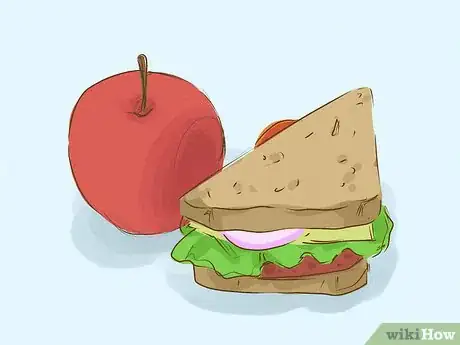
-Step-11-Version-2.webp)


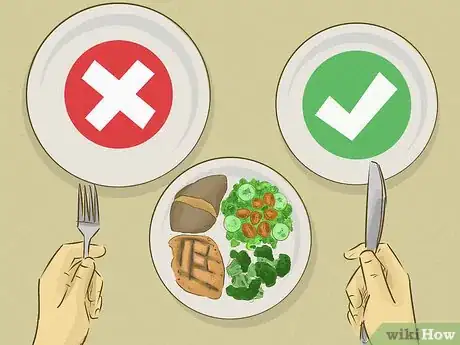
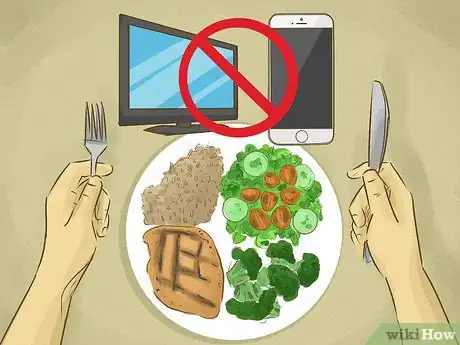
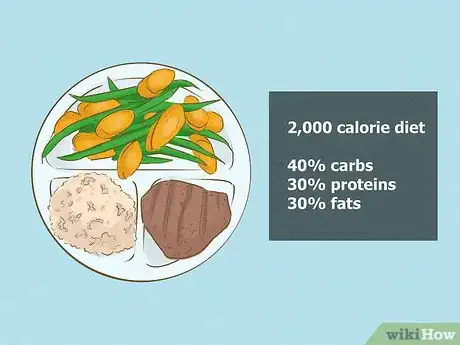
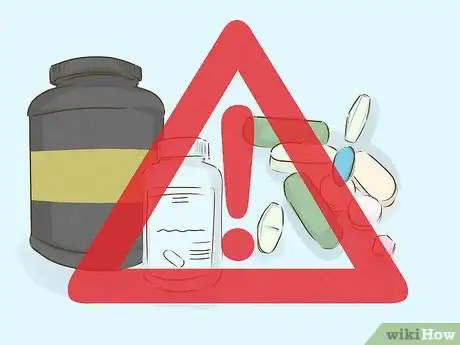

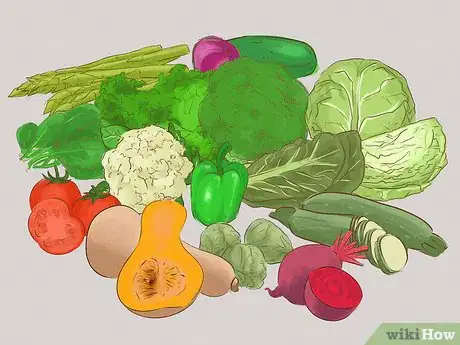
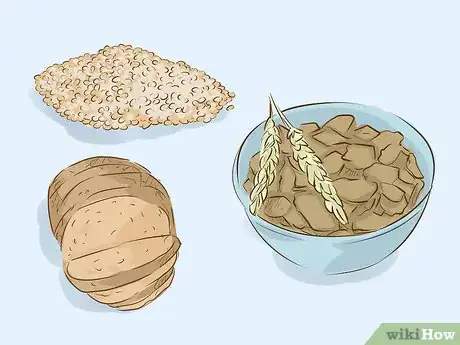



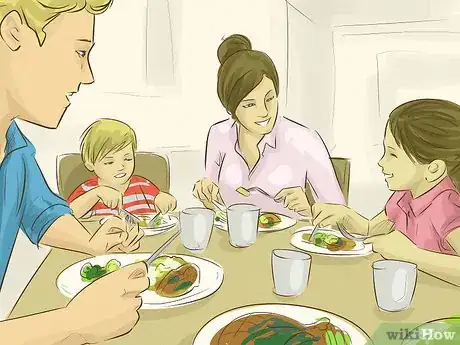
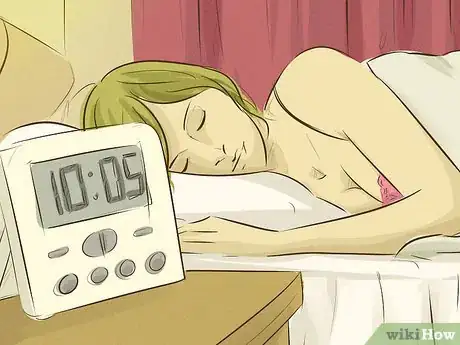
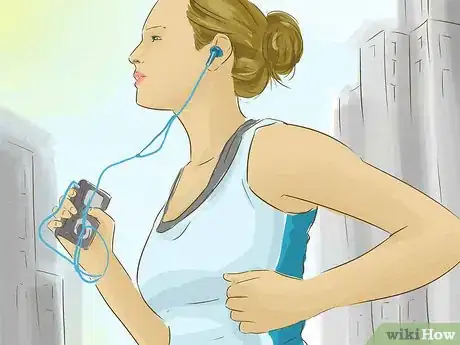

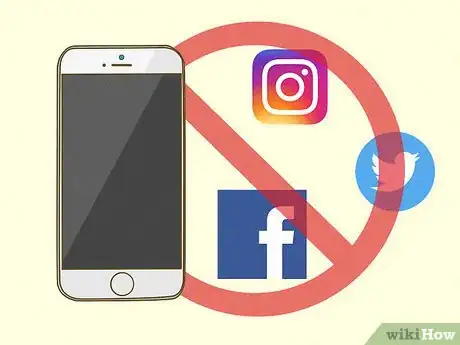
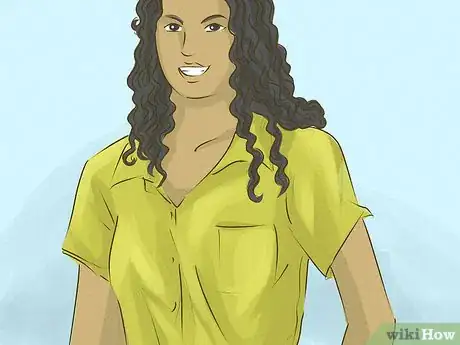
-Step-18.webp)


-Step-30-Version-3.webp)

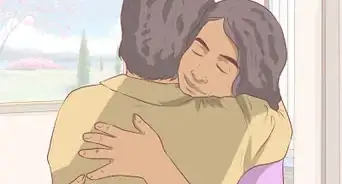
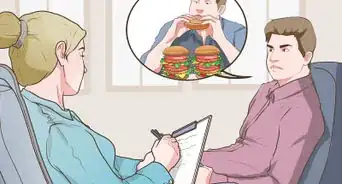
-Step-21.webp)
-Step-26.webp)

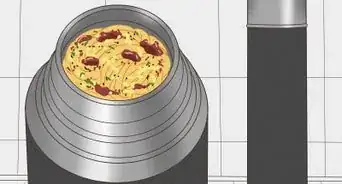

-Step-13.webp)
-Step-14.webp)








-Step-18.webp)

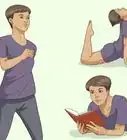
-Step-30-Version-3.webp)


































